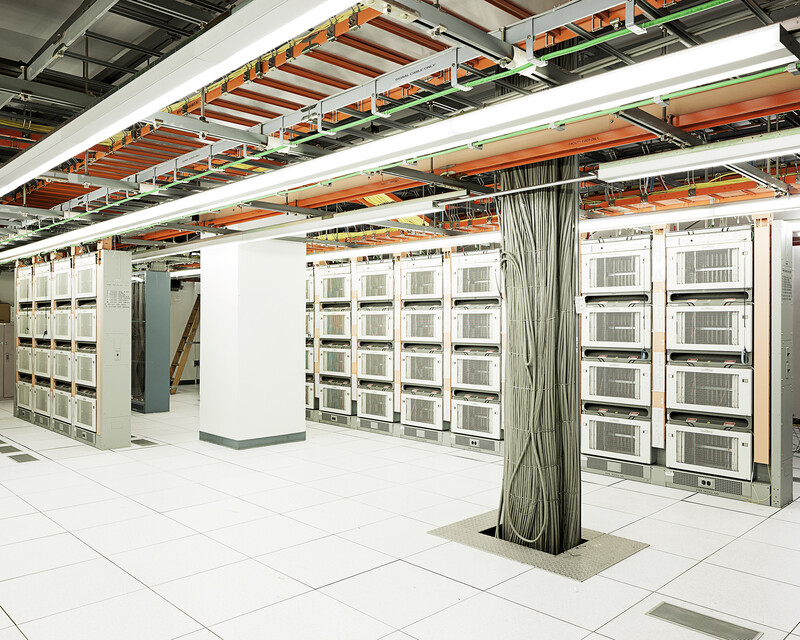
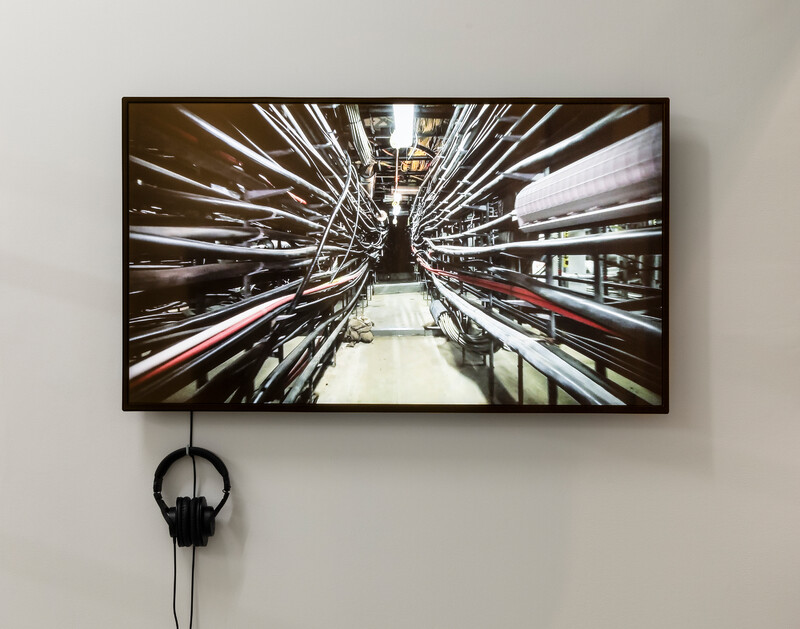
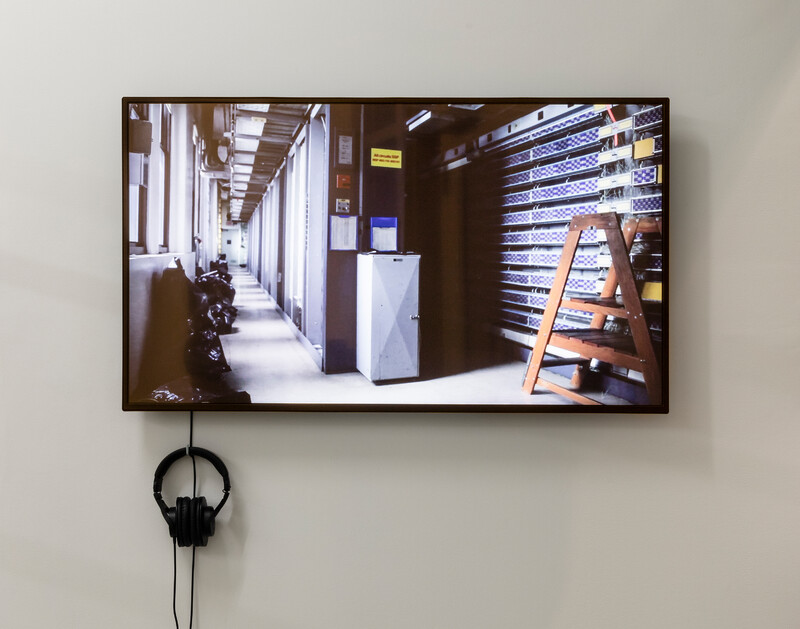
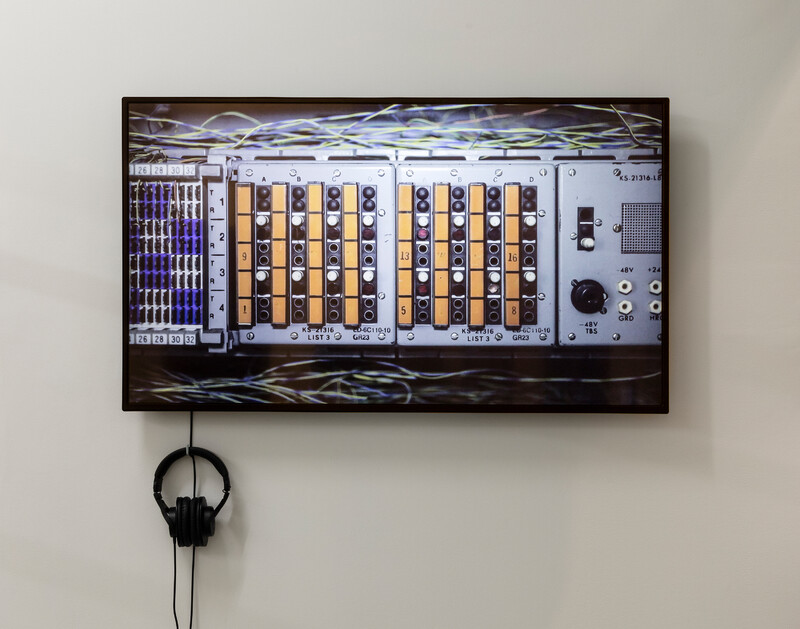

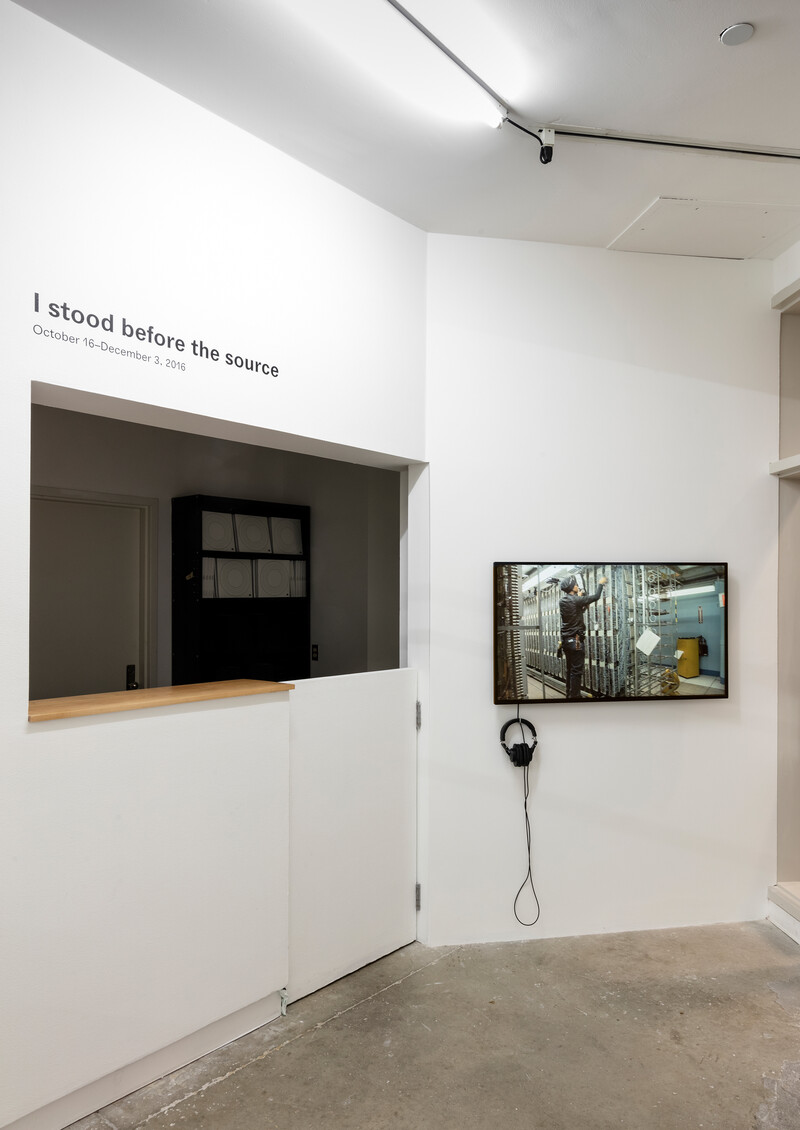
Fragments on Machines
Fragments on Machines reveals the physical framework and materiality of the Internet, a vast network often considered solely in abstract terms. The title is adopted from a text by Karl Marx in which he seeks to trace the inversions that mark the relationship between human and machine in the capitalist production process whereby through increased automation the machine is no longer a tool at the hands of workers but an increasingly dominant power.
The film observes the evolution of architecture in New York City to accommodate the nodes and connectors that comprise the physical manifestation of the “virtual” world. New York is home to many of the great buildings that symbolize 19th and early 20th century industrial capitalism.
Today, these monuments of brick and steel house the servers and computers that drive post-industrial financial capitalism.
High-frequency trading firms move to be as close as possible to Internet infrastructure: the closer these firms are, the faster their algorithms can trade. It is no coincidence, then, that sites such as the Verizon Communications headquarters, which is explored in Fragments on Machines, are located in the heart of New York’s financial district. Elusive yet pervasive, data centres consist of room upon room of copper and fibre-optic cables, computer servers, and ventilation systems. With direct links to the companies they serve, these Internet hubs become a kind of unofficial space for trade.
Divided in three chapters (“Metropolis,” “Servers,” “Flood”), Fragments on Machines was filmed during and following Hurricane Sandy, pointing to the collision between nature and machine.

The Blackwood
University of Toronto Mississauga
3359 Mississauga Road
Mississauga, ON L5L 1C6
[email protected]
(905) 828-3789
The galleries are currently closed.
Facebook | Twitter | Instagram
Sign up to receive our newsletter.
The Blackwood is situated on the Territory of the Mississaugas of the Credit, Seneca, and Huron-Wendat.